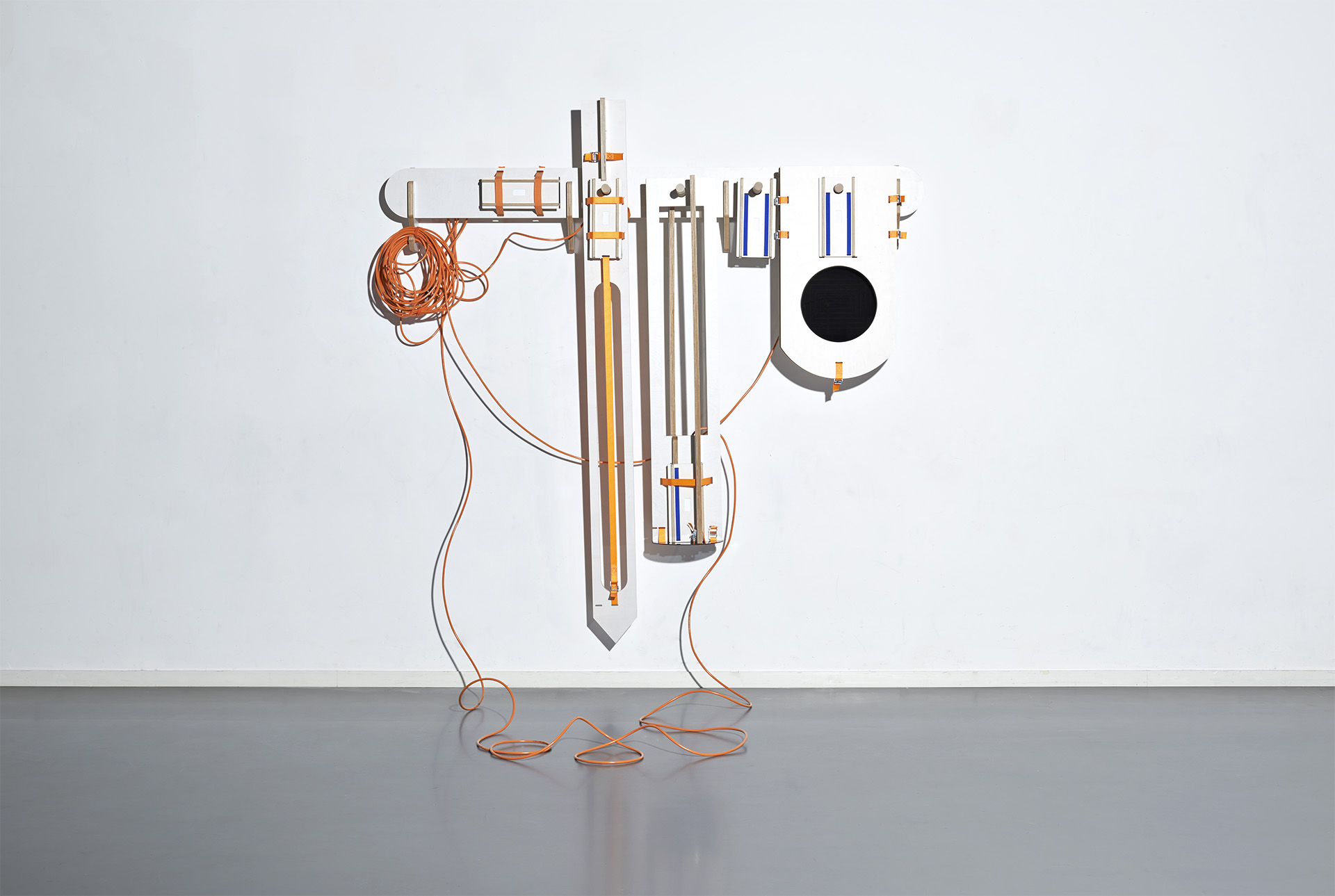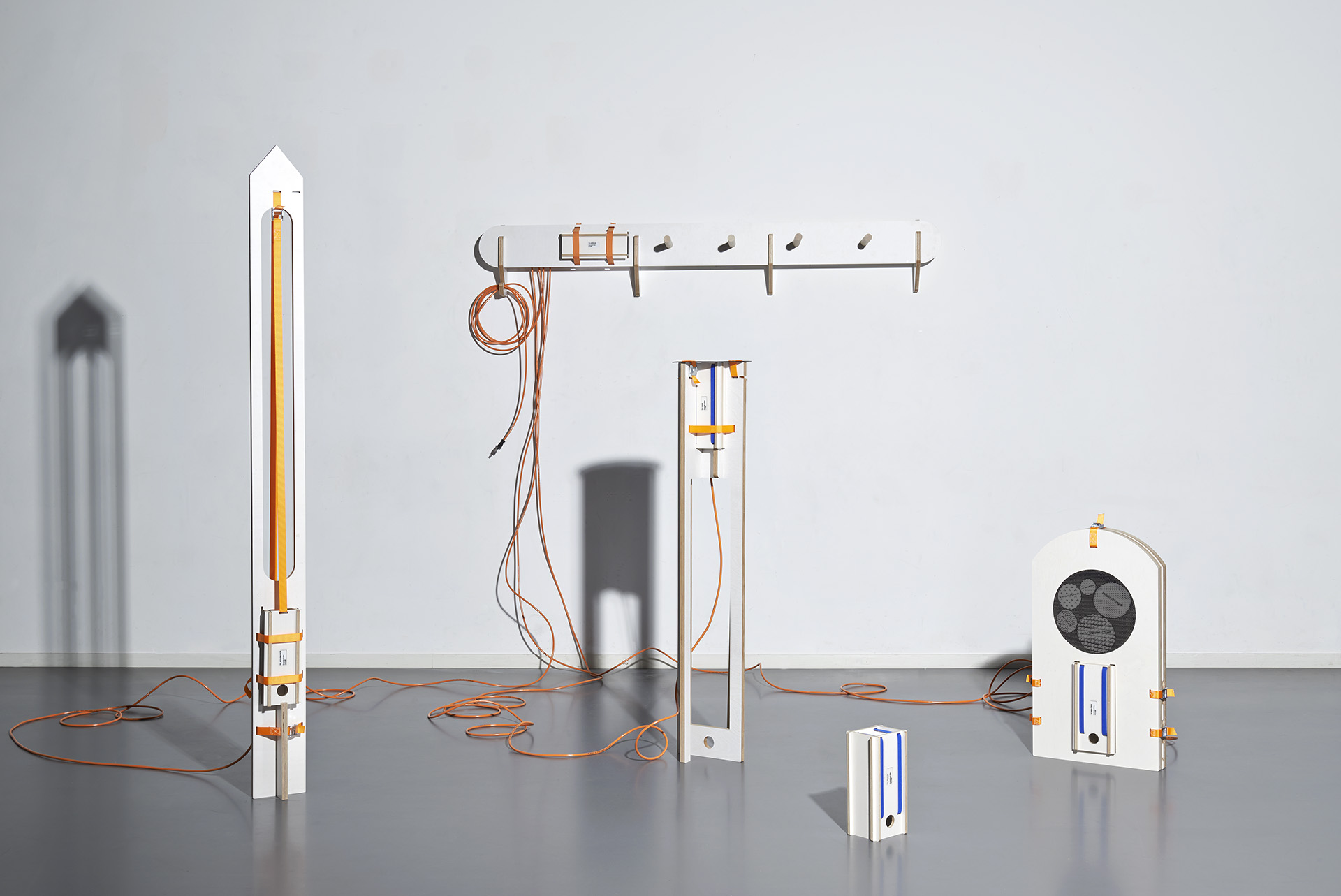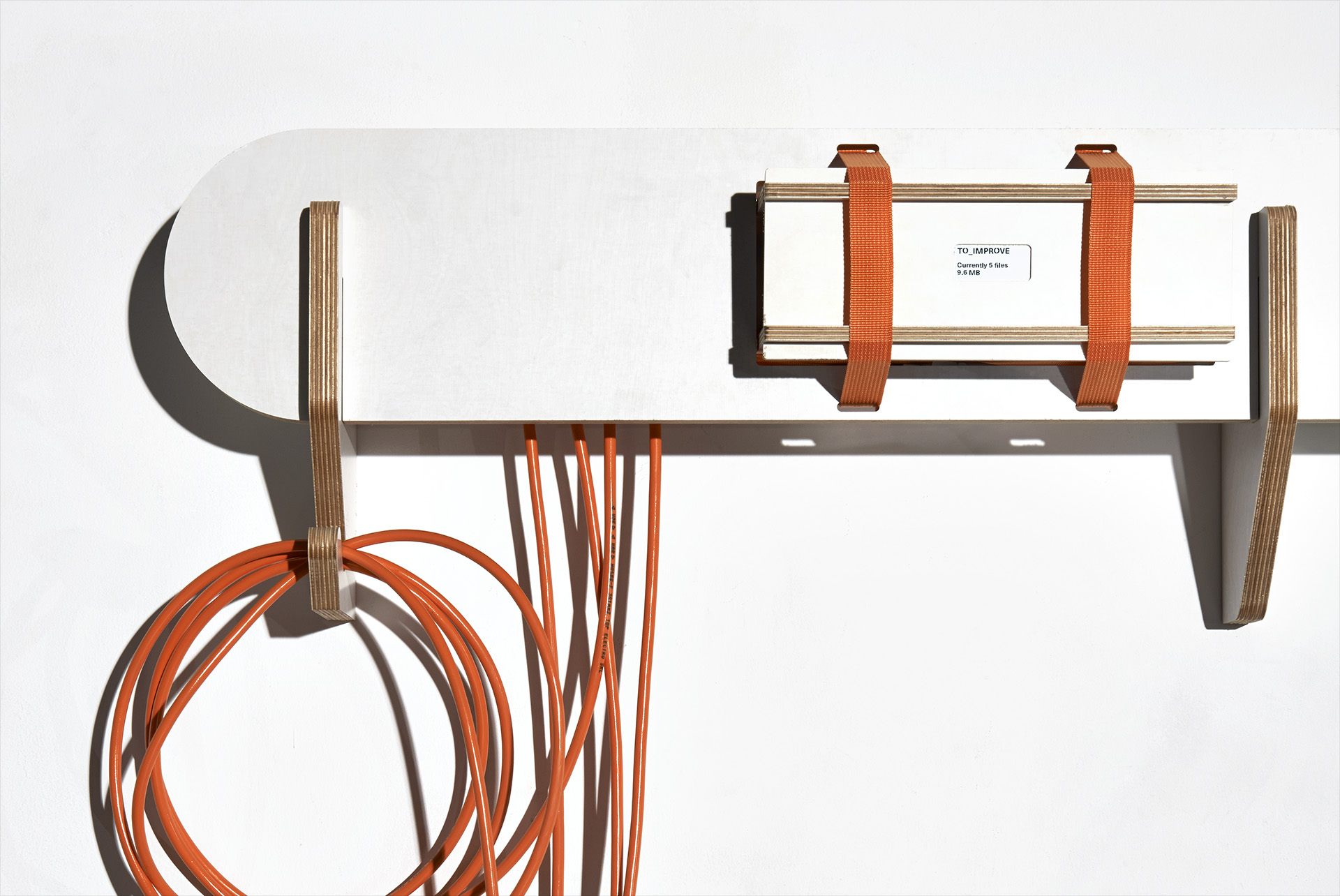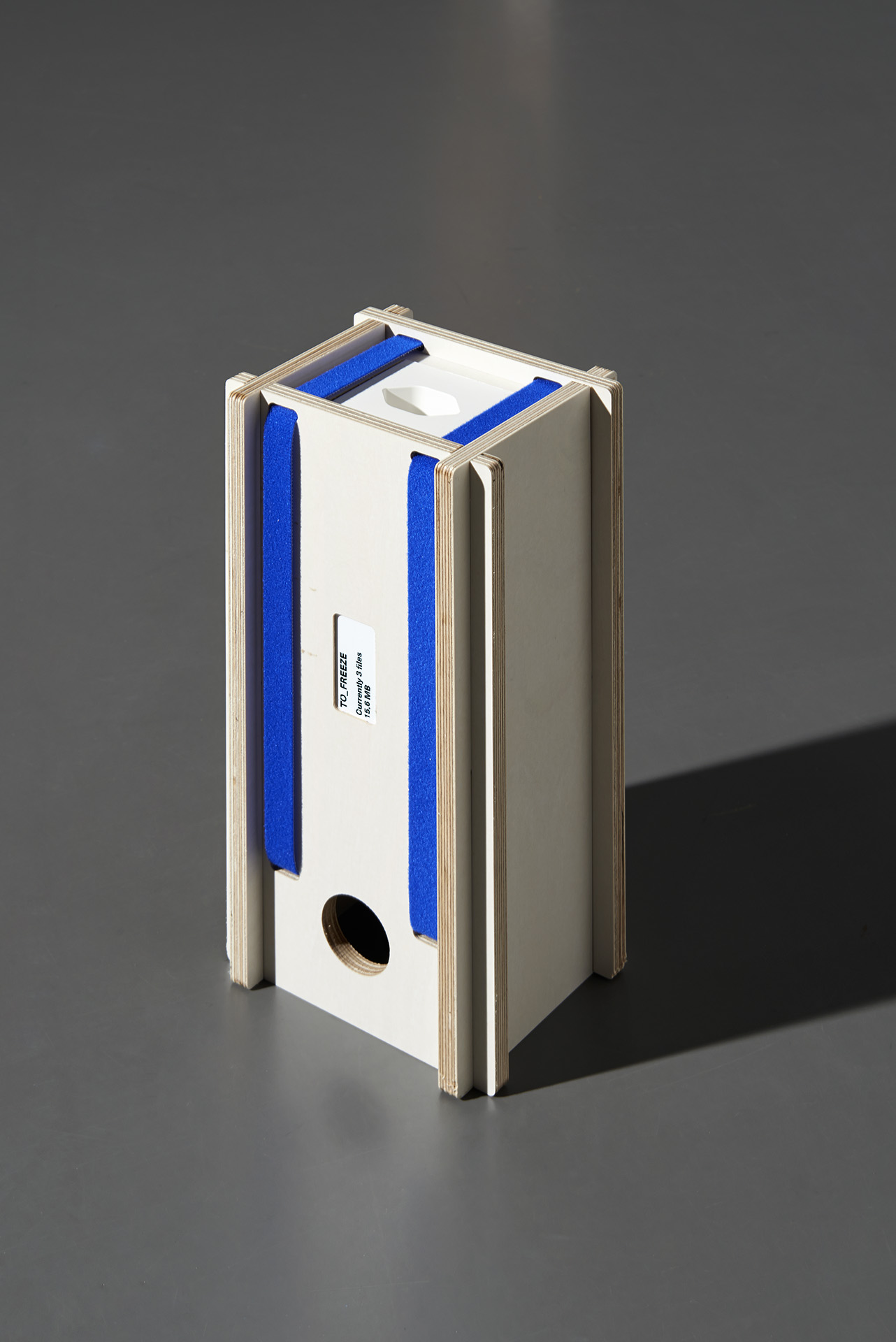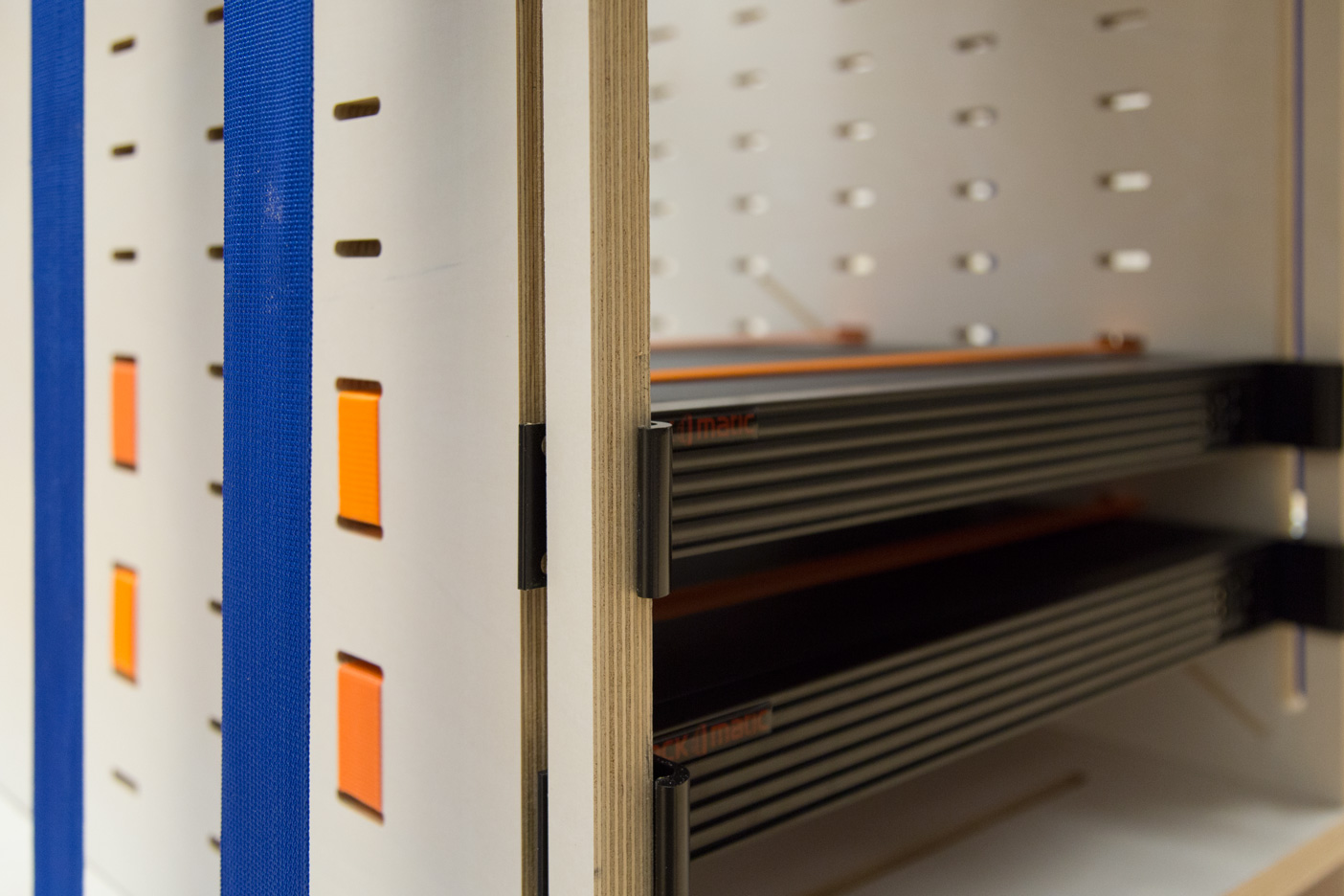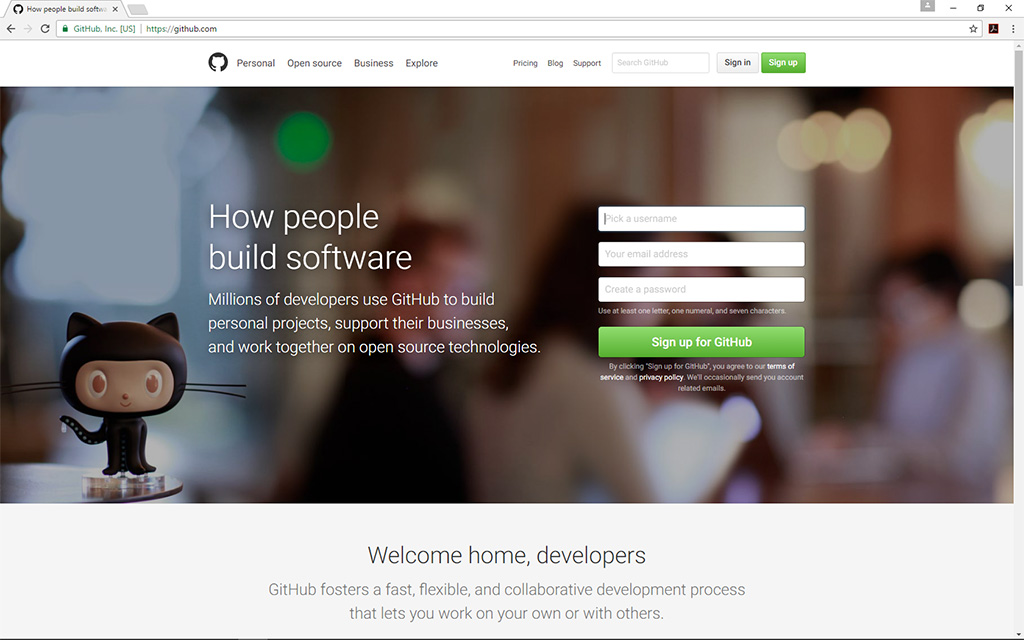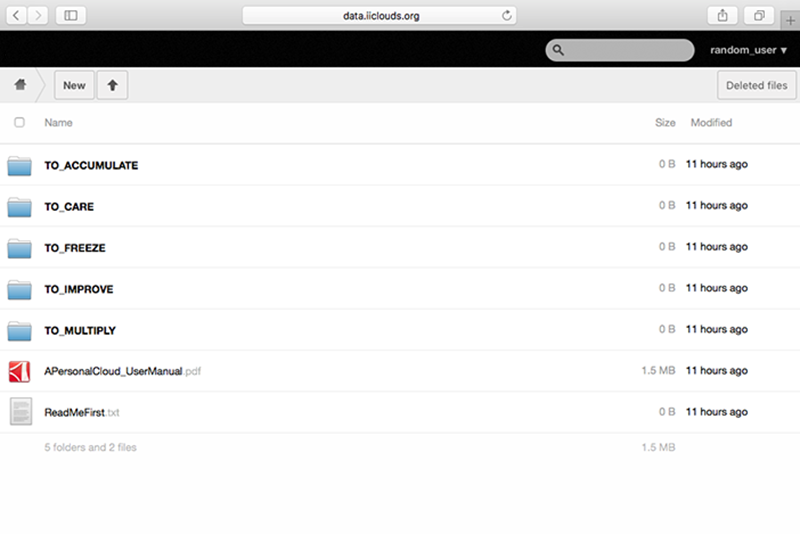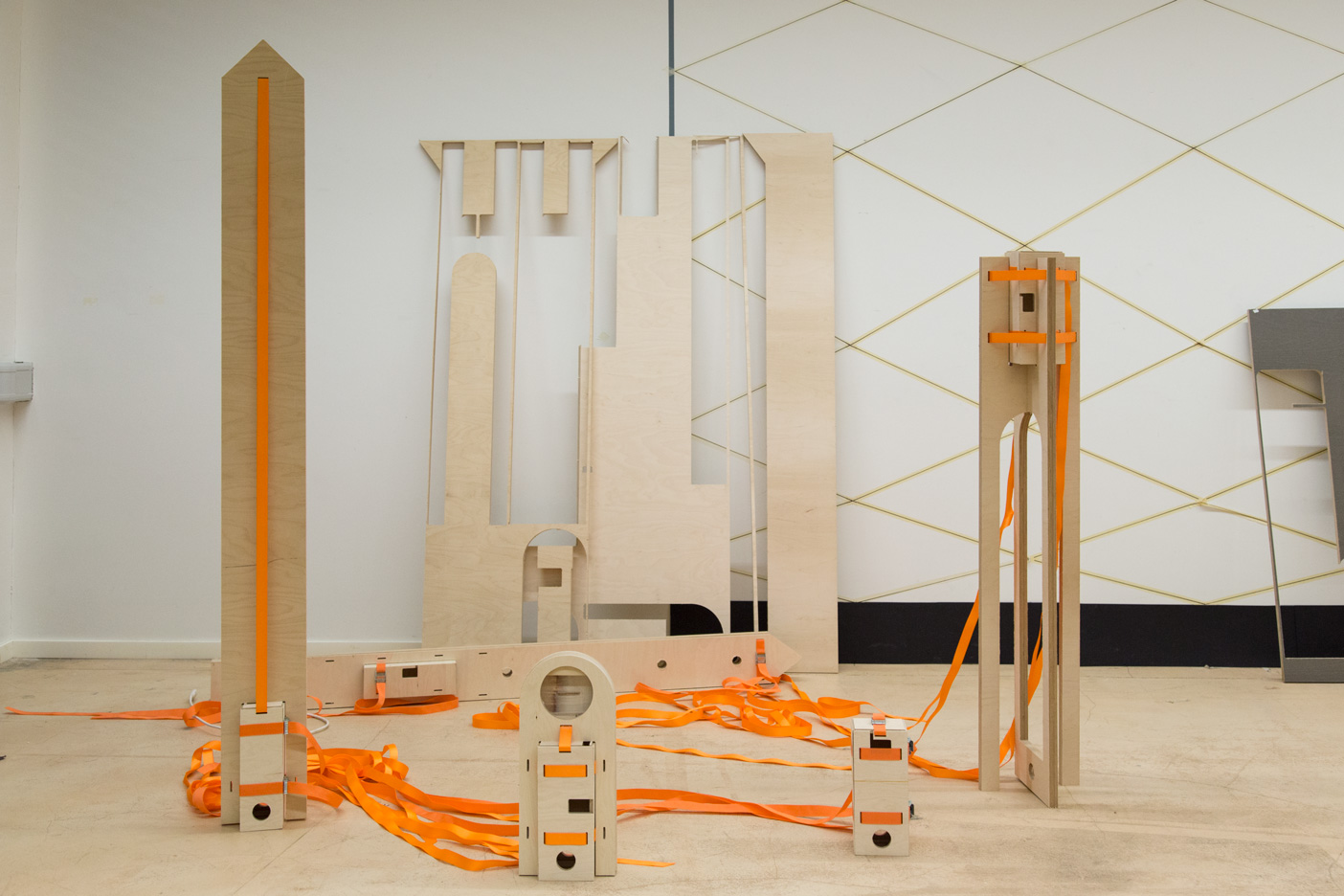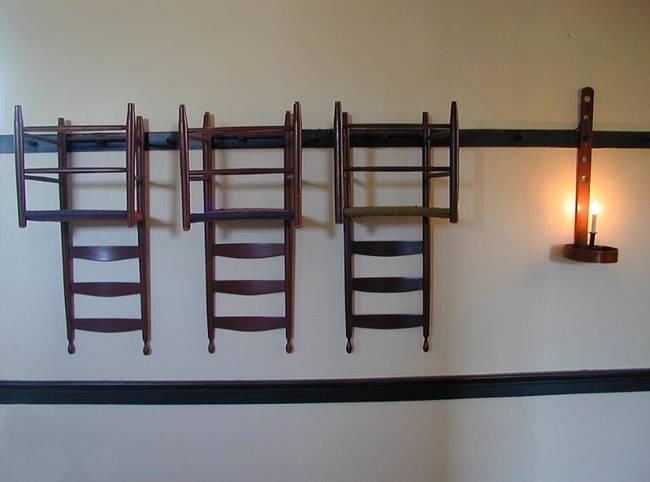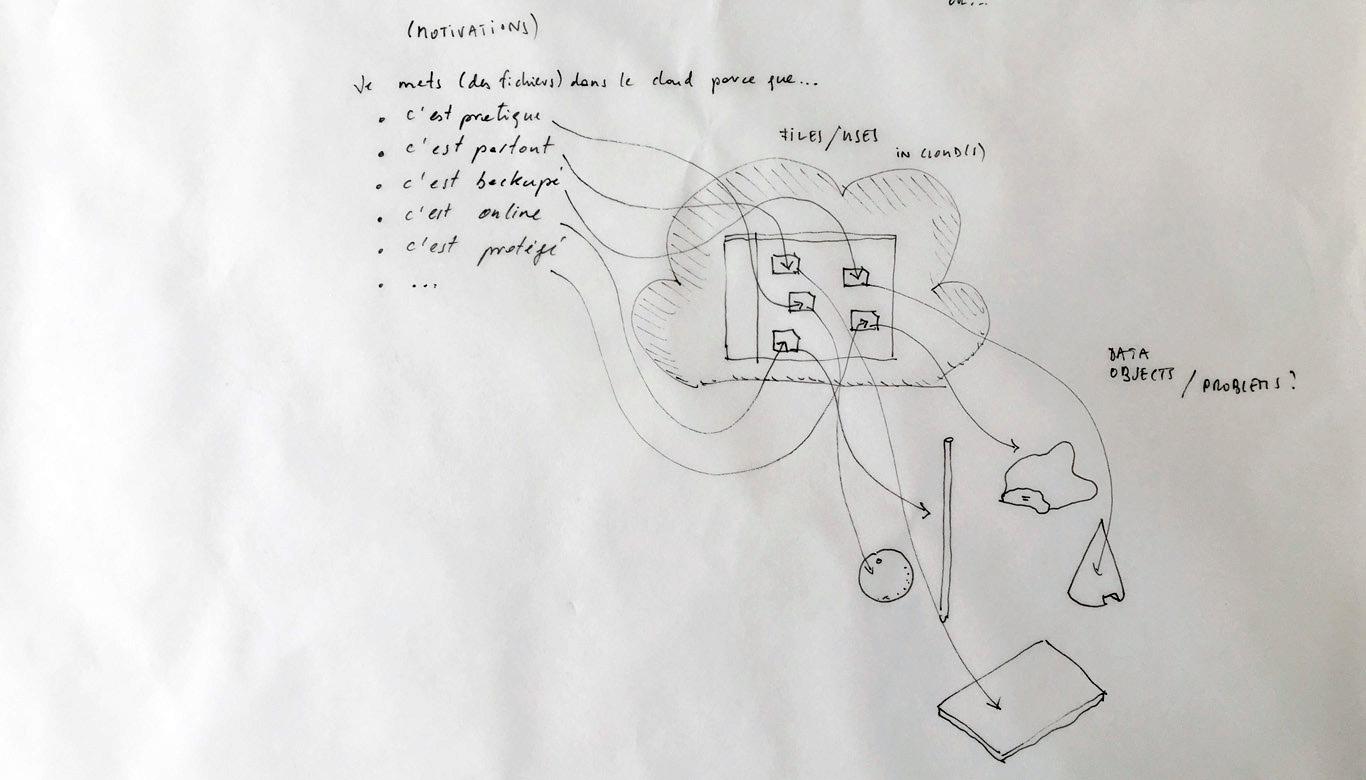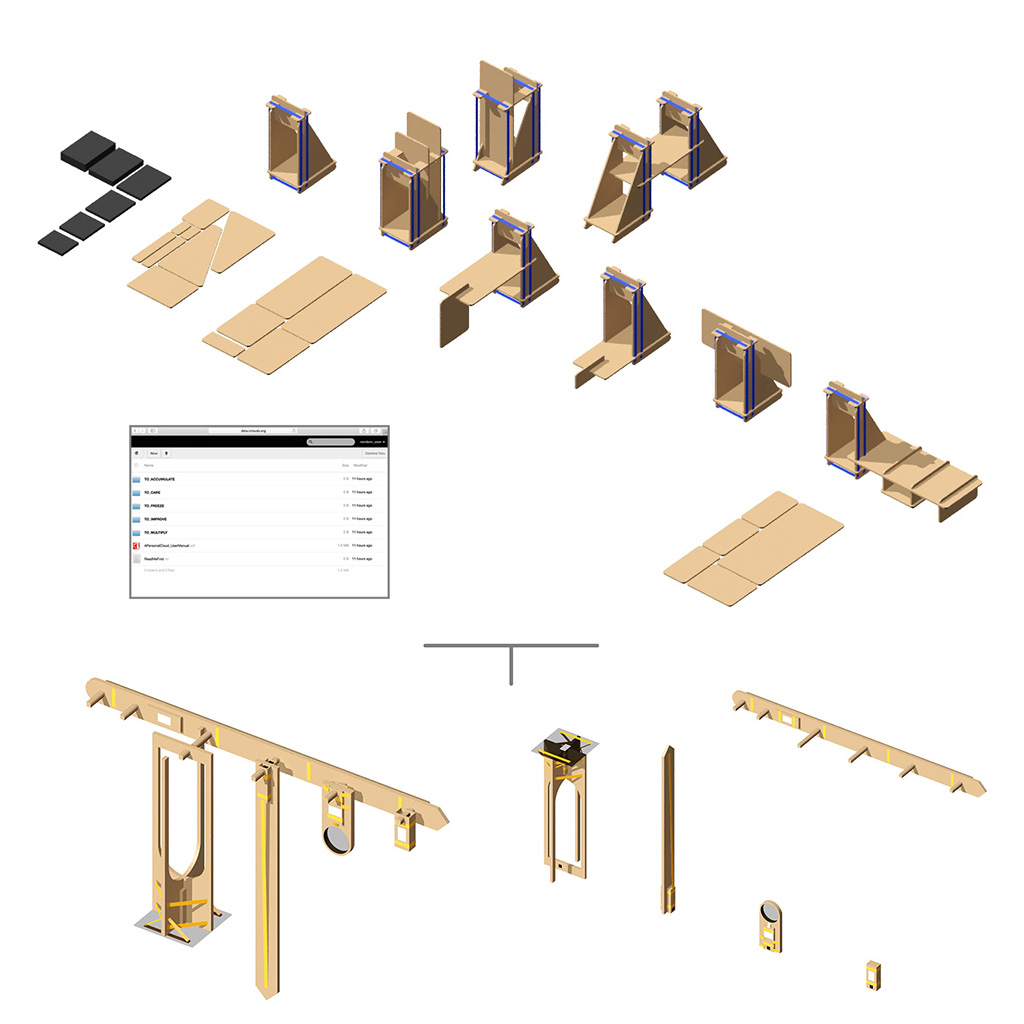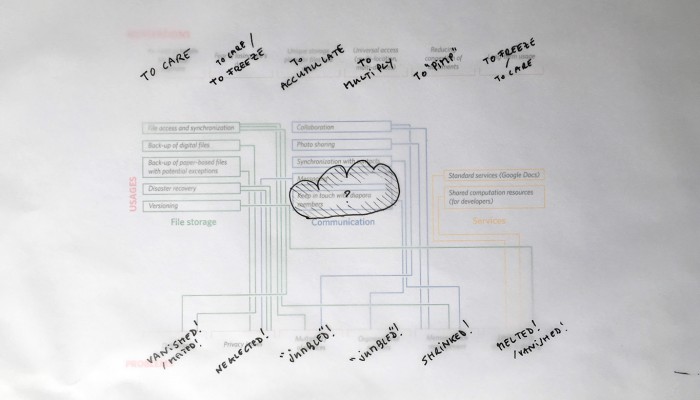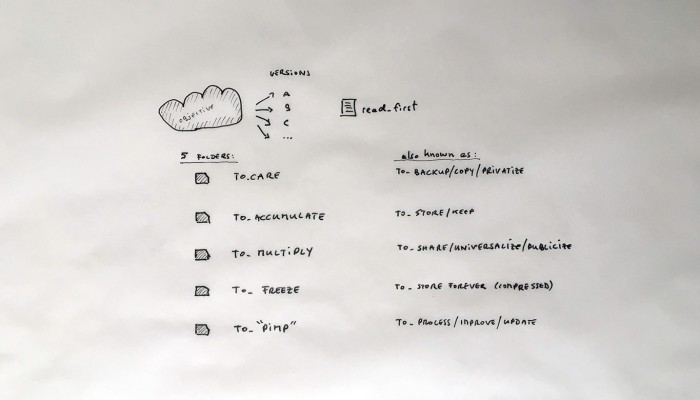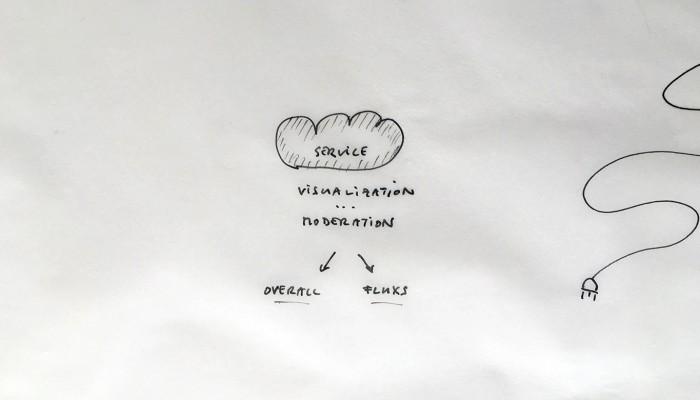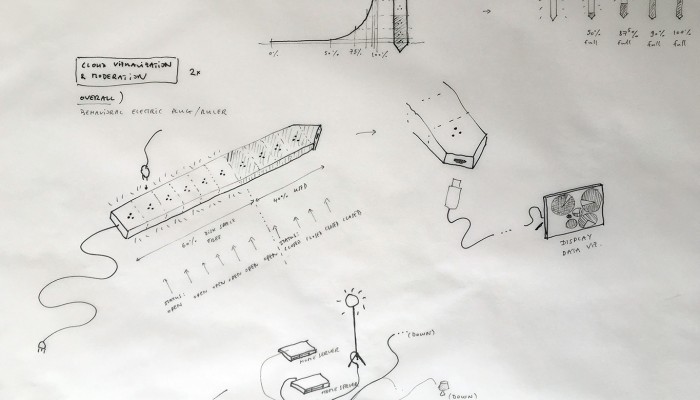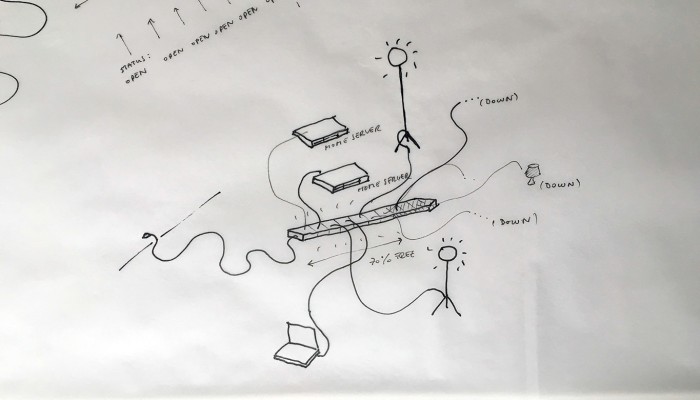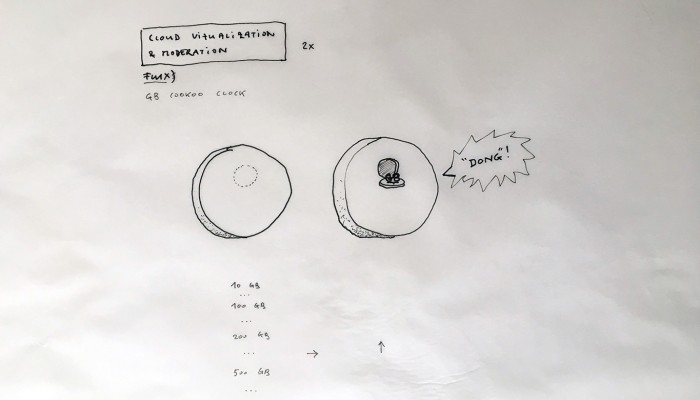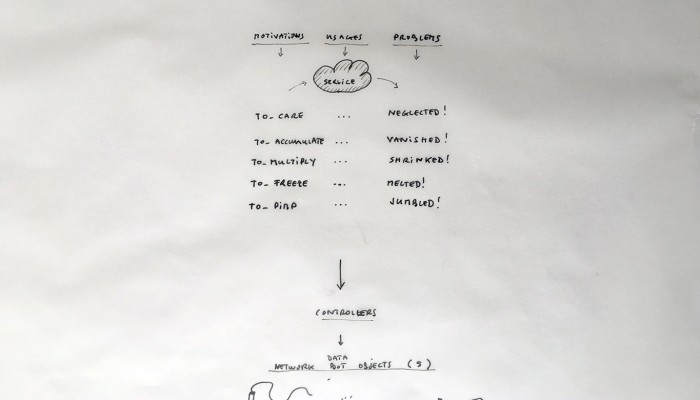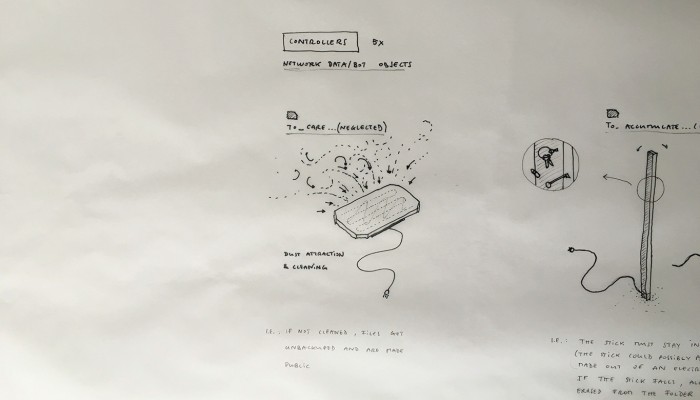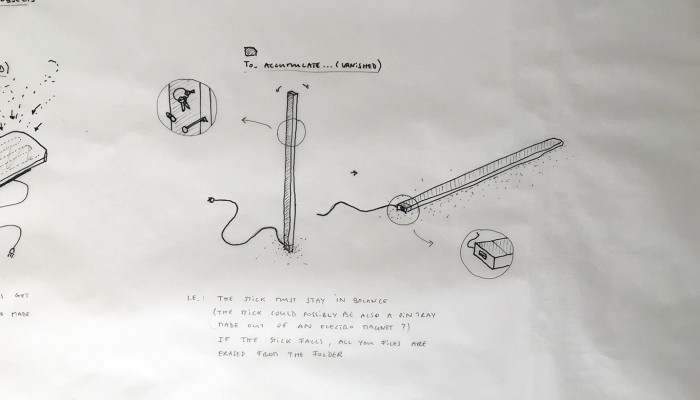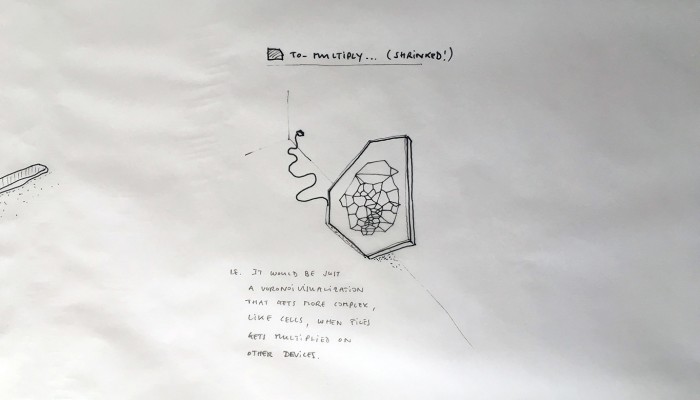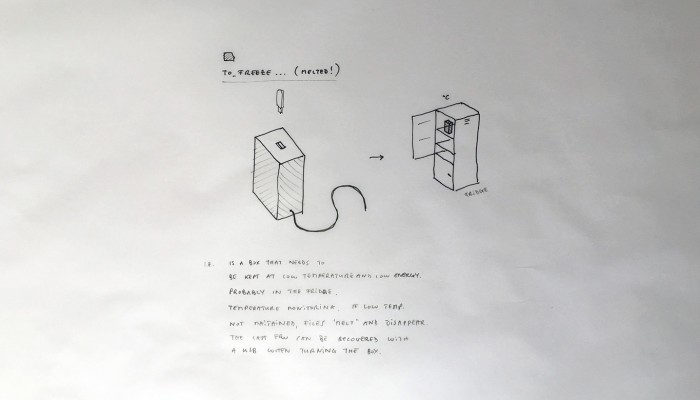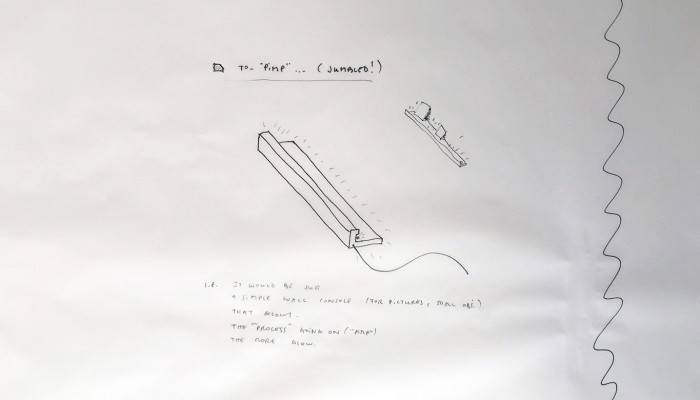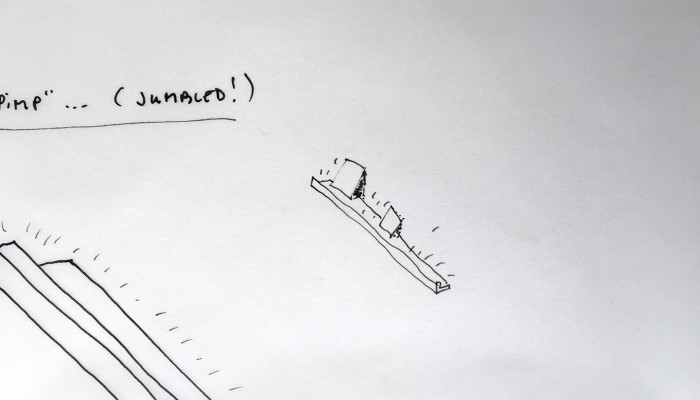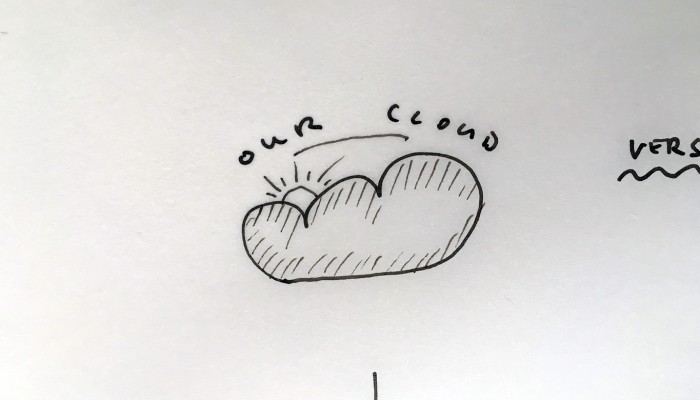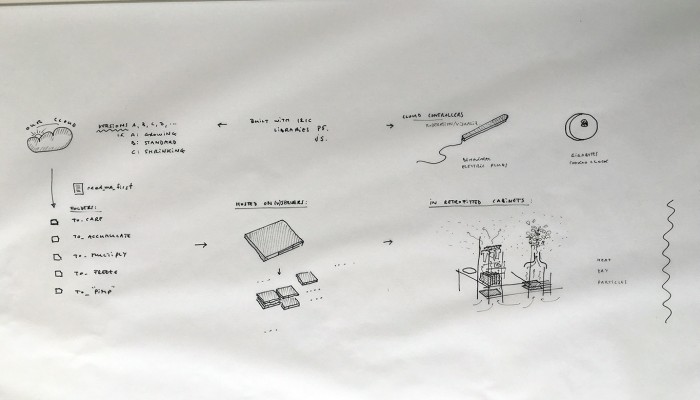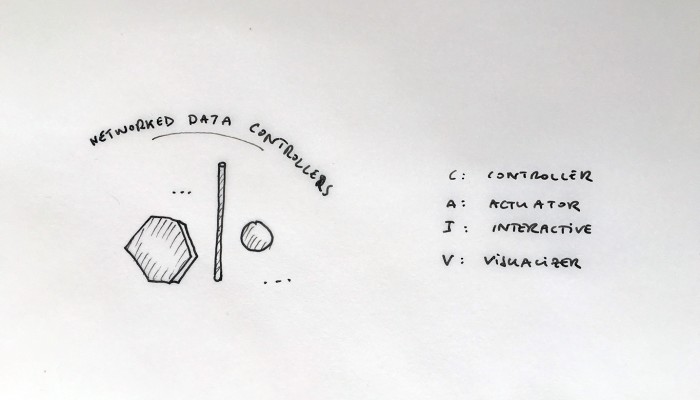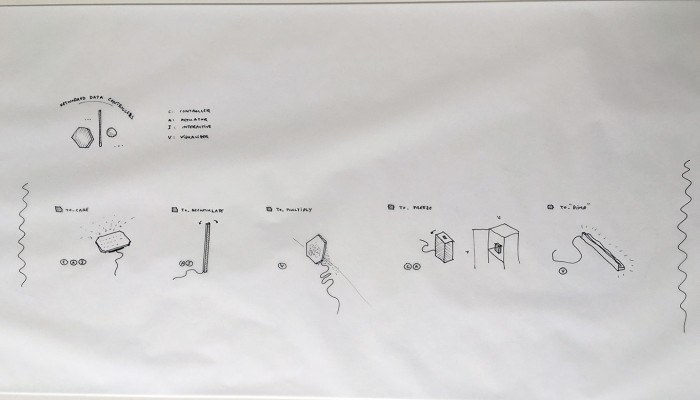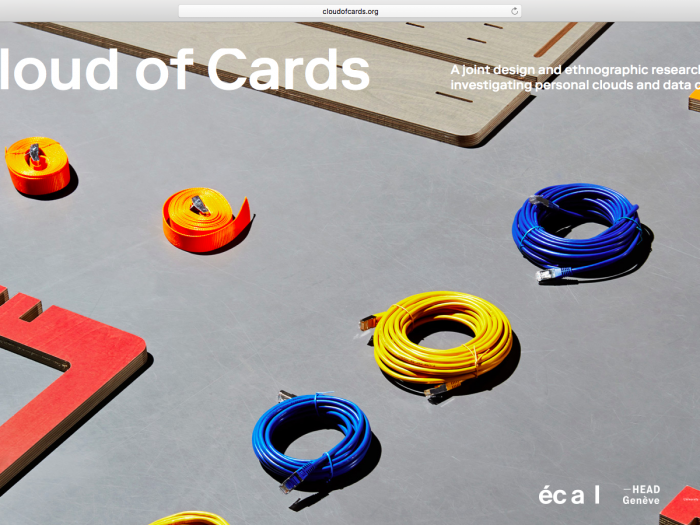This post consists in an important update to the previous note “From design research wrap-up to final artifacts, a design scenario (in scribble mode, #1)“.
It’s main purpose is to narrow down the previously sketched scenario and become more precise about the possible artifacts we will develop. In doing so, the present description shows a likely path and tries to keep some coherence within the overall design that is segmented in four different areas, often combined (software, hardware furniture, responsive objects, visualization). Yet and even so several objects and functions are described and named in this post, it will continue to serve only as a general blueprint for the last phase of our I&IC joint design research, while the final outputs could still largely evolve, based on the same ideas and plan.
These ideas keep their importance though:
Based on the graphic “Motivations <-> Usages <-> Problems” and its description of procedures, based on our “Design Learnings” too, we’ve tried to translate and objectify these into “natural language” of actions (and problems). At this stage, this is still a trial, but we’ve listed five pairs of words that work in opposition (verbs vs. past participles) and that cover the spectrum of functions and procedures: To Care (vs. Neglected!), To Accumulate (vs. Vanished!), To Multiply (vs. Shrinked! ), To Freeze (vs. “Melted!”), To “Pimp” (vs. “Jumbled!”) — all these corresponding to a set of cloud actions and explained with more details below, after the break —
These 5 pairs of terms will drive the development of an alternative, domestic and hopefully objective Cloud (“Our Cloud”), built upon the open source software OwnCloud with the help of our own I&IC OwnCloud Core Processing Library (which will be further edited and editable therefore). This personal Cloud will have the opportunity to be hosted into a new type of diy (and domestic as well) 19″ Cabinet.
The 5 pairs of terms will further drive the implementation of 5 Controllers or Network Data/Bot Objects (“Smart Objects”). The aim of these “controllers” will be to give an everyday physical presence to each user’s personal Cloud, to its 5 main folders, contained files or data and the processes they undergo. The manipulation of some of these objects will include the idea of “natural interface” or “gestures”.
In addition to these 5 physical controllers, 1 or 2 “root objects” could help monitor and possibly moderate the overall behavior of “Our Cloud”.
For the development of these “smart objects”, we’ve decide to take into account the kind of objects or infrastructure that are already present in a domestic environment, things like single functional objects (i.e. lamps, electric plugs, consoles, mirrors, clocks, etc.) and revisit them with a slight sculptural approach. We’ve also decided to consider a “language” that takes into account “invisibility” or “immateriality” (i.e. electricity, electrostatics, magnets, light, reflections, air currents or temperature, dust).
…
Finally, all of the above should be distributed as open source.
Continue Reading…
